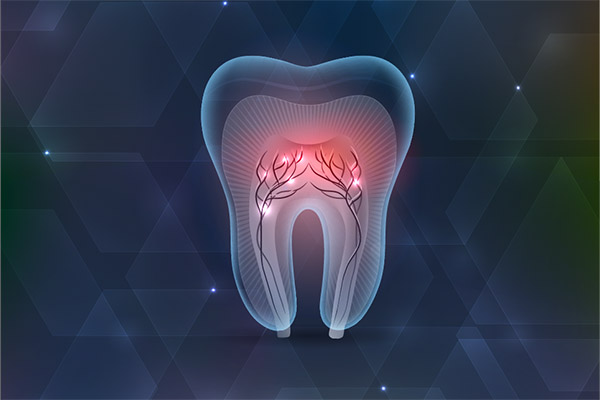 Dental crowns are a common procedure dentists use to restore damaged or decayed teeth. Crowns are tooth-shaped caps the dentist places over a damaged tooth, restoring its strength, shape, and overall function. The process of receiving a dental crown typically involves two appointments. This article will discuss the process of receiving dental crowns in detail so that you know what to expect before beginning the process.
Dental crowns are a common procedure dentists use to restore damaged or decayed teeth. Crowns are tooth-shaped caps the dentist places over a damaged tooth, restoring its strength, shape, and overall function. The process of receiving a dental crown typically involves two appointments. This article will discuss the process of receiving dental crowns in detail so that you know what to expect before beginning the process.
The 4-step dental crown process
Step 1: Consultation and examination
The first step to any dental procedure is to schedule a consultation and determine candidacy. During this appointment, the dentist will order an X-ray and perform a physical examination to determine the true extent of the damage. After their examination, they will determine if a dental crown is the most effective treatment for the patient’s oral condition. If so, they will detail the dental crown process, allowing the patient time to consider their weekly schedule and cost accommodations before scheduling the first official appointment.
Step 2: Preparing the tooth
Once patients decide to proceed to their first dental crown appointment, the dentist will begin preparing the tooth that needs the crown. This involves removing decay or loose damage from the tooth and shaping it to fit the crown. The dentist will numb the area around the tooth with a local anesthetic to ensure the patient is comfortable and alert throughout the procedure.
Step 3: Taking impressions
After the tooth preparation, the dentist will take an impression of the tooth and surrounding teeth. The impression will be sent to an off-site dental lab, where the crown will be custom-made to fit the patient’s tooth. Meanwhile, the patient will end their first appointment by being fitted with a temporary crown to protect their natural tooth.
Step 4: Fitting the permanent crown
Once we receive the permanent dental crown from the dental lab (about two weeks later), patients will return for their final appointment. The dentist will remove the temporary crown and place the permanent one over the previously prepared tooth. Next, the dentist will check the fit and make any necessary adjustments to ensure the dental crown fits comfortably and securely. After determining a perfect fit, the dentist will cement the crown in place.
Caring for dental crowns
After the crown placement, the dentist will provide instructions on caring for the crown and maintaining good oral hygiene. Following the first 24 hours, patients should avoid hard or sticky foods that could damage the crown, as well as flossing between the crown and adjacent teeth, as the cement still needs time to settle fully. After the first 24 hours, there will be no diet restrictions, but patients must brush their teeth twice a day and floss at least once daily. In addition, the dentist will likely recommend an alcohol-free mouthwash to reduce the chances of wearing down the dental crown material. Patients must remain diligent in these instructions if they wish for their dental crowns to last upwards of 15 years.
Ready to begin the process?
Receiving dental crowns is a relatively easy process that requires a little time in your schedule. If you want to determine your eligibility for a dental crown or learn more about the process, contact our office. We will happily walk you through the process and schedule your initial consultation.
Request an appointment or call Island Paradise Dental at 239-642-3233 for an appointment in our Marco Island office.
Related Posts
Dental crowns are an investment into oral health that requires proper care and maintenance to ensure longevity and function. Adopting a consistent oral hygiene routine can keep the crown in pristine condition. The following blog will discuss techniques to help you maintain and care for your new dental crowns.Maintaining good oral hygiene habits is crucial…
Visiting the dentist can be an anxiety-inducing event for many people. The biggest reason for this is that general dentistry appointments are often associated with painful procedures and a perceived loss of control as you lay back and let the dentist and dental assistant perform their duties. It might also be possible that you are…
Dental fillings are ideal for treating mild to moderate cavities. They are appropriate for patients of all ages, from young children to elderly adults. In this review, we closely examine the role of dental fillings in treating dental cavities, highlighting the different types of filings, when they are recommended, and how they compare to alternative…














